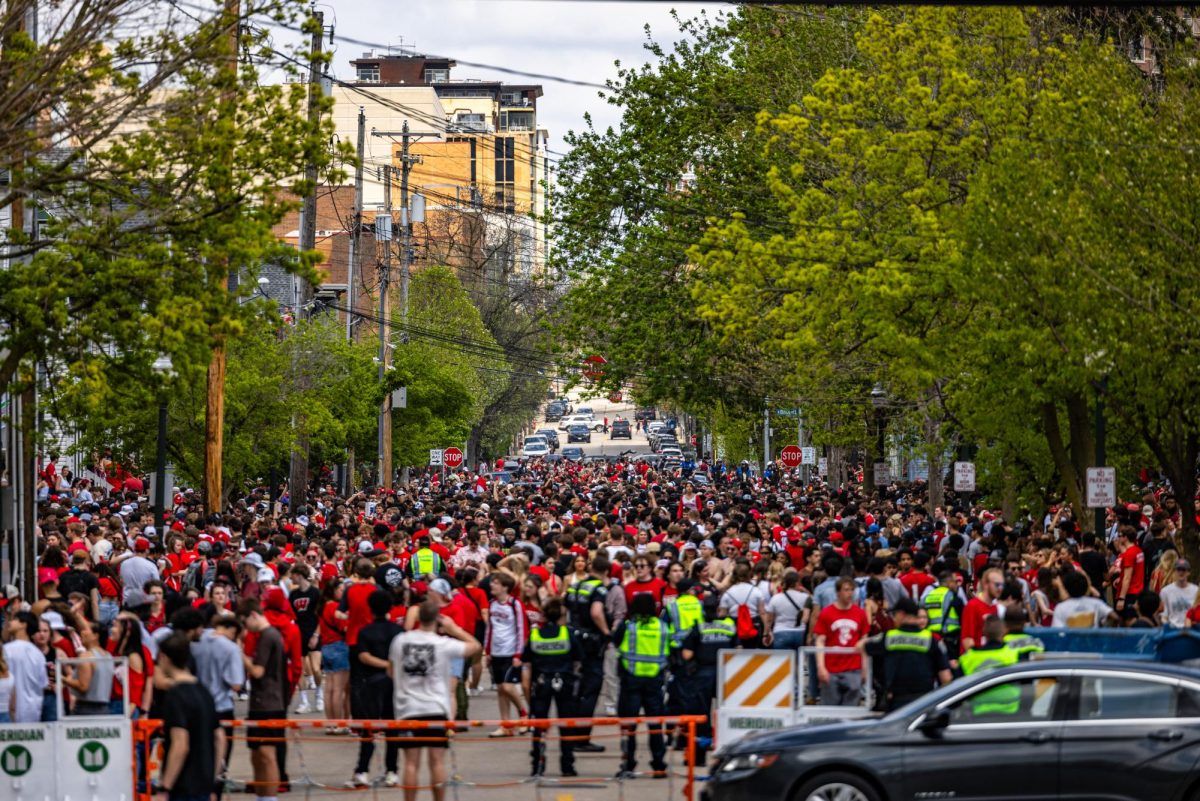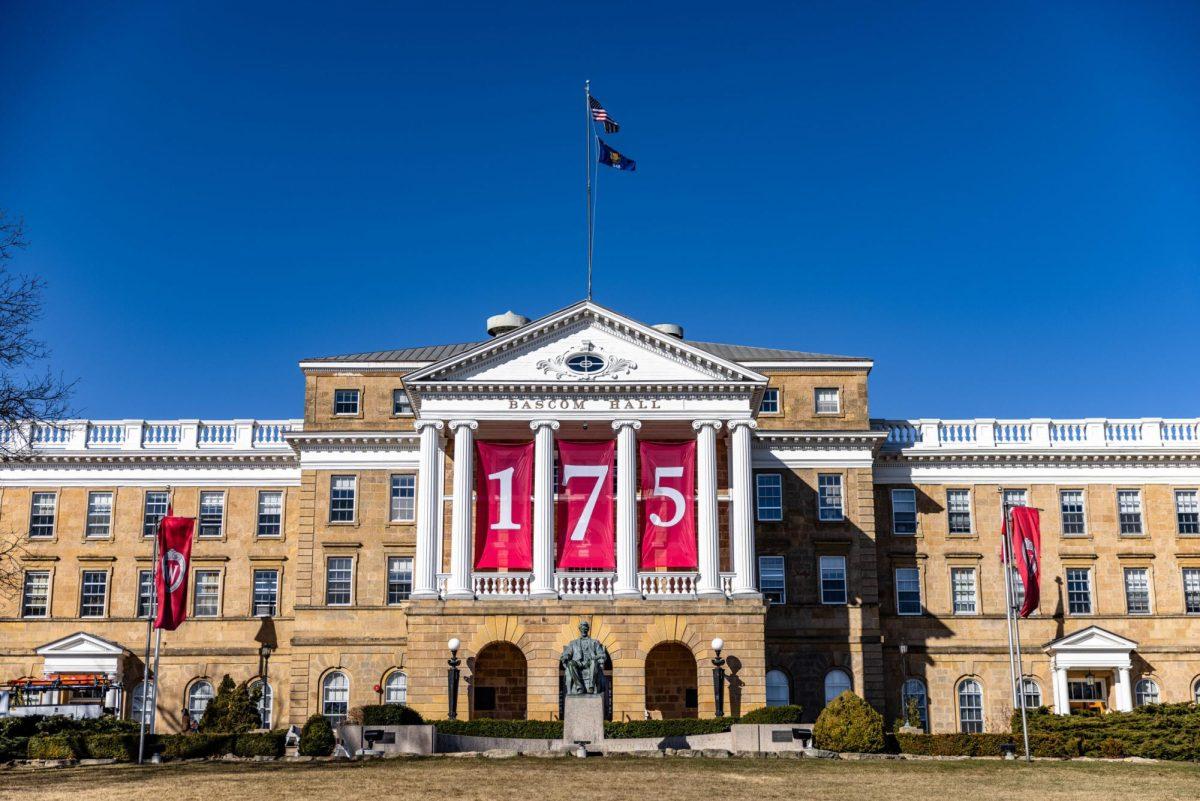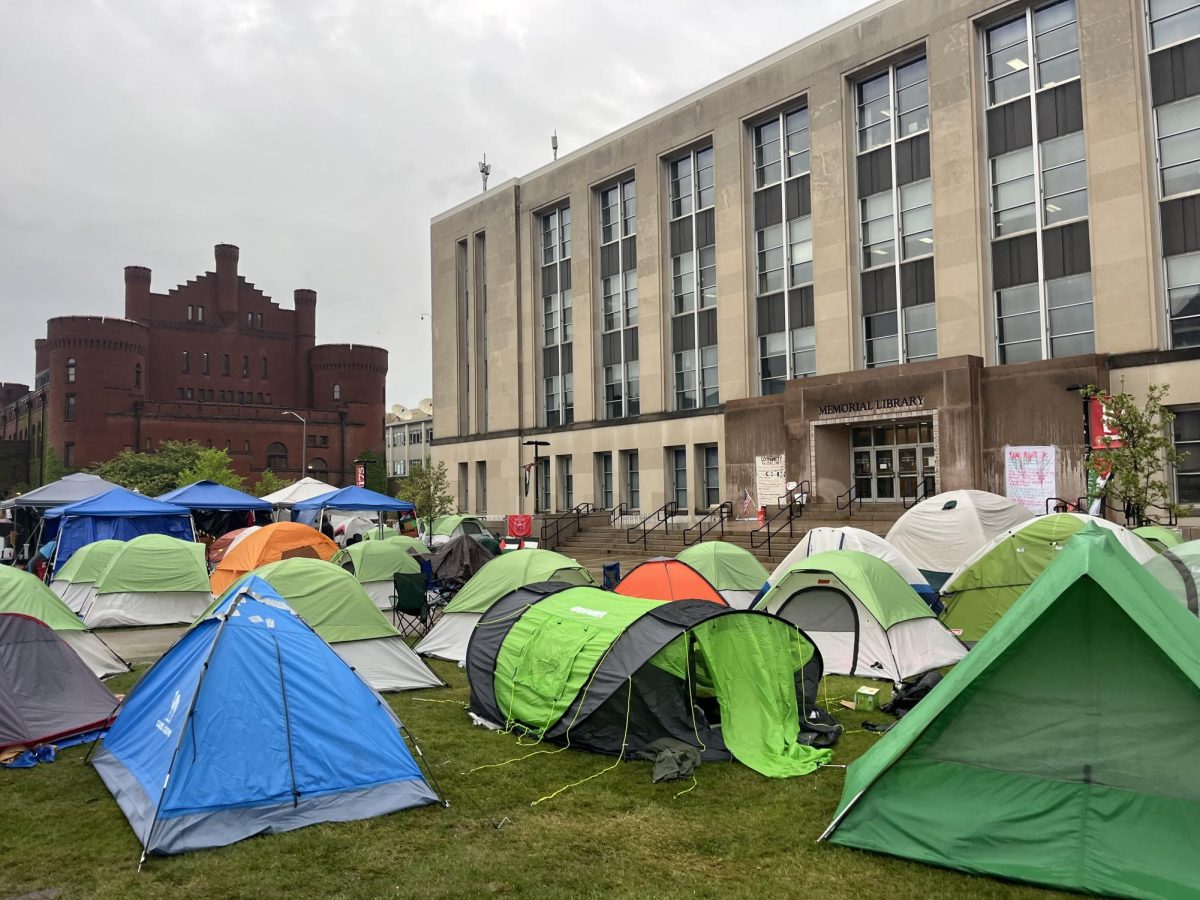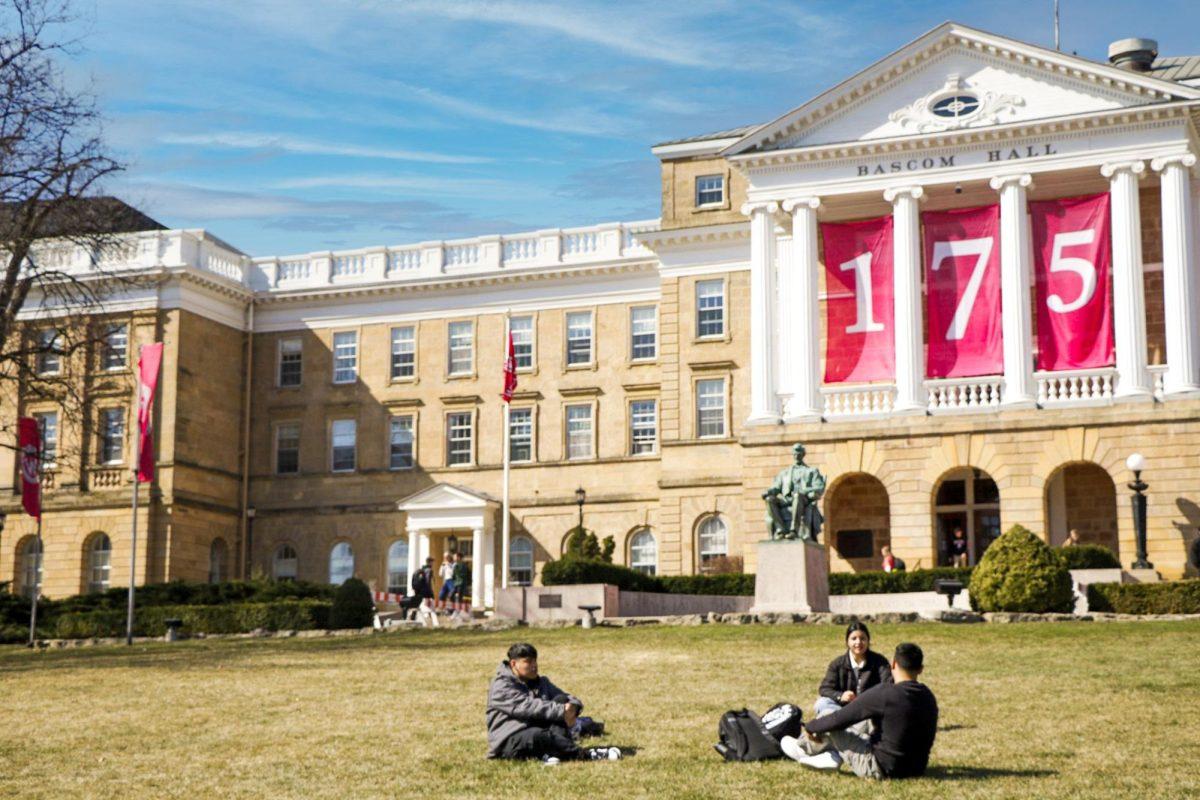After a lengthy discussion on the democratic process in local government regulations, the city’s Plan Commission approved the Hoyt Park Joint Neighborhood Plan in a meeting Monday night.
The plan, which has been in the works since 2009 and addresses the 240 acres known as the Hoyt Park area, sparked debate over who has the purview to make such decisions. Hoyt Park is roughly between University Avenue and Mineral Point Road and includes several neighborhood associations.
Key recommendations in the new plan include encouraging sustainable efforts, strengthening existing neighborhood maintenance, supporting long term redevelopment and improving bike and pedestrian routes throughout the neighborhood, among others.
Local residents raised concerns over the general process for creating the neighborhood plan, citing the fact that city officials who may not live in the neighborhood have influence over the recommendations in the plan.
The plan seeks to guide structural change and other neighborhood developments in the area for the next 10 to 15 years. Local residents of the area, city planners and experts and city alders have worked on the plan over the past four years.
“This [plan] had multiple neighborhood associations and more variety and viewpoints and more organization really than most plans had in the past … I really appreciate all the hard work that everyone has done, how they’ve managed this process, how they’ve managed the high level of interest,” Ald. Chris Schmidt, District 11, said.
The neighborhood plan is part of a larger City of Madison Comprehensive Plan, which directs general initiatives for physical changes within city limits.
Ald. Shiva Bidar-Sielaff, District 5, said sidewalk construction is one of the more contentious issues among alders as many cannot reach consensus whether the plan should include traditional sidewalk guidelines or be open to alternative sidewalk options.
Commission member Melissa Berger said the commission should take more of a “bottom up” instead of a “top down” approach to the policy. She said the neighborhood could be an “area of experiment” for city sidewalks.
Despite debate over the procedure, commission members maintained the process has been extensive, taking into account expertise from city officials. Plan Commission member Maurice Sheppard said including city officials in the process is ultimately for the better.
“Experts are necessary to help guide and support neighbors and their decisions,” Sheppard said. “Experts are not here to silence the citizens or tell them exactly what they should do but to help guide toward a reasonable collective decision.”
Commission member Eric Sundquist said as City Council takes up the plan, it is important to remember the larger implications of one neighborhood plan for the entire city.
“I think we got off on a bit of a bad foot here with the notion that the plan belonged to the neighbors and everyone else had to take it or leave it,” Sundquist said.“This is not just the neighborhood’s plan but this is the city’s plan and the neighborhood’s plan.”
The plan must still pass through City Council, which will meet Tuesday night.

















